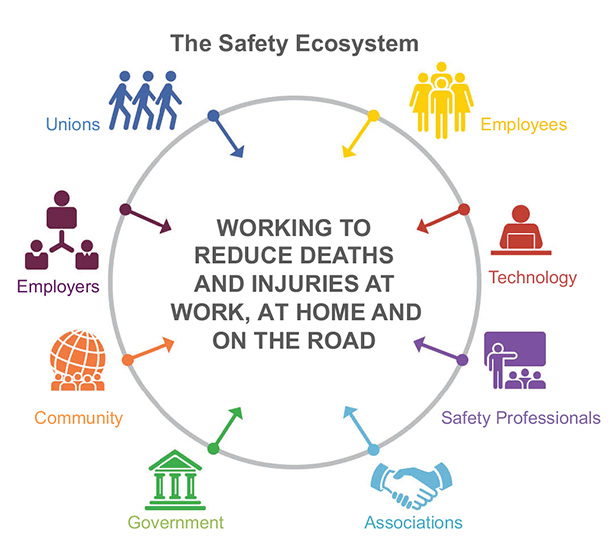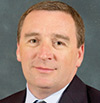Safety Leadership: This year, create a safety network
Editor’s Note: Achieving and sustaining an injury-free workplace demands strong leadership. In this monthly column, experts from Ojai, CA-based consulting firm BST share their point of view on what leaders need to know to guide their organizations to safety excellence.
Of all the myths surrounding leadership, one of the most harmful is that of the lone genius. It’s natural that people should gravitate to this charismatic figure; in the narrative, he or she arrives out of nowhere and singlehandedly changes a business in the face of great obstacles.
It’s a nice idea, but it isn’t real life. In real life, great visionaries are supported by a wide variety of people who help shape the ideas, build the processes, generate demand and deliver the outcomes. The great ideas themselves emerge from generations of thought from competitors and customers, researchers, and students. Genius guides innovation, but genius never works alone.
Sorting this myth from fact is critical to creating the conditions for real innovation. It is particularly important in safety, where the lone genius narrative often translates as the belief that “we must do everything ourselves.” Unfamiliar discoveries and ideas are kept out. Successes and challenges are kept in – sometimes even hidden from colleagues within our own organizations. In this closed system, a company may experience some success (“good enough” performance), but by design it can never advance further than its own experience and imagination.
The antidote to “good enough” safety and the lone genius trap is to focus on creating collective genius. That is, building mutually beneficial relationships with all of the stakeholders who influence safety, not just those within your four walls.

Navigating the safety ecosystem
Imagine that you have been tasked with building a safety system from the ground up. You are given free rein to choose any tools or techniques you wish. The only requirement is that the team you select to help you must represent the most diverse points of view and talents available. Clearly, it wouldn’t be enough to recruit only other leaders or only employees from your own company. Their views are important, but their perspective may be too much like your own (including sharing many of the same biases) to fully challenge your thinking. So where else would you look?
The safety ecosystem is a construct for understanding the influences that contribute to safety thinking and practice. It is simply a map of safety stakeholders and how they interact. In addition to employers, workers, and safety professionals, the ecosystem includes unions, industry associations, government bodies, the community and technology leaders. Each of these groups brings a unique perspective on safety and in turn offers unique experience and competencies. This ecosystem is your team.
There is currently no roadmap to a working network in safety. My challenge to you this year is to join others in creating one. It is work I will be undertaking myself, and I invite you to send me a note if you’d like to participate. Whatever action you take, what’s most important is to begin. Reach out to colleagues, business partners, your supply chain, join a forum, find a place to share your knowledge and experience. Getting started is what counts.
 Colin Duncan is CEO of DEKRA Insight, a global consulting firm offering safety advice and expertise in process and organizational safety through its three operations, Chilworth, BST and RCI Safety.
Colin Duncan is CEO of DEKRA Insight, a global consulting firm offering safety advice and expertise in process and organizational safety through its three operations, Chilworth, BST and RCI Safety.
Post a comment to this article
Safety+Health welcomes comments that promote respectful dialogue. Please stay on topic. Comments that contain personal attacks, profanity or abusive language – or those aggressively promoting products or services – will be removed. We reserve the right to determine which comments violate our comment policy. (Anonymous comments are welcome; merely skip the “name” field in the comment box. An email address is required but will not be included with your comment.)

